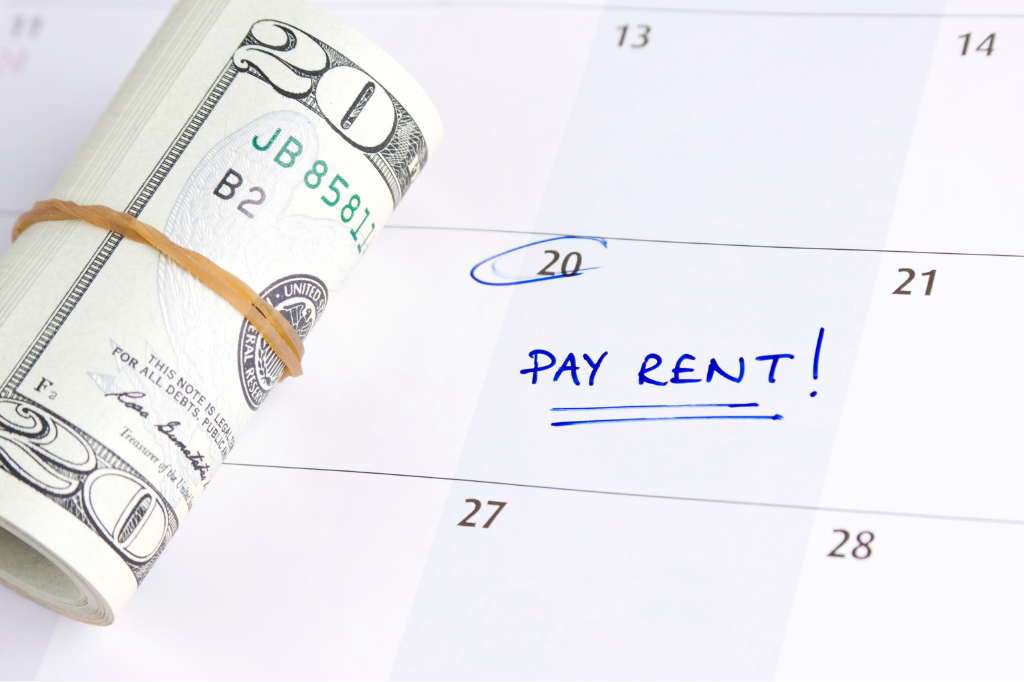Renters, This Is Big: On-Time Rent Can Now Help You Qualify for a Mortgage
Neel Midha • July 25, 2025
Paying rent on time? That might finally count for something big.

For years, renters have been at a disadvantage when it comes to building credit—and that’s been a major barrier to homeownership. But a new update is changing the game in a big way.
📈 Enter: VantageScore 4.0
VantageScore 4.0 is a newly adopted credit scoring model that finally recognizes your full financial picture—not just credit cards and loans. This model is gaining momentum with mortgage lenders, and here’s why it matters:
✅ What’s Different with VantageScore 4.0?
On-time rent payments count toward your credit score
Utility and telecom payments (like your phone or internet bill) are included
Medical debt has a reduced impact on your score
Short credit histories aren’t penalized as heavily
This is a huge win for responsible renters—especially first-time buyers—who’ve been locked out by outdated credit scoring systems that ignore the bills you’ve been faithfully paying every month.
📅 What’s the Timeline?
Fannie Mae and Freddie Mac are expected to implement VantageScore 4.0 by the end of 2025, but some lenders are already ahead of the curve and accepting this model. That means this credit shift is already starting to benefit buyers who previously struggled to qualify.
🏡 What It Means for You
If you’ve been renting responsibly, your time may finally be now. This credit model recognizes that your rent payments show financial responsibility—and lenders are beginning to listen.
As a realtor who helps first-time buyers navigate the path to homeownership, I’m excited about what this means for so many of you. If you’ve been holding back because of your credit score, it might be time to reevaluate.
🔗 Want to learn how to turn your rent into home equity?
Check out my Buyer Tips
for Renters to start prepping your path to ownership. Or reach out—I’d love to help you figure out if this new change can open doors for you.

Smarter Homes, Stronger Sales In today’s market, buyers aren’t just looking for beautiful spaces — they’re looking for intelligent ones. Smart home technology has shifted from luxury to expectation, especially in Atlanta’s mid-to-high-end segments. Whether you’re prepping to sell or simply want to future-proof your home, investing in smart renovations can deliver both comfort and strong ROI. Why Smart Upgrades Matter Smart renovations appeal to buyers on two levels: efficiency and lifestyle. A smart thermostat that adjusts automatically or a video doorbell that enhances security communicates a simple message — this home is modern, cared for, and ready for the future. According to a Coldwell Banker Smart Home Marketplace Survey, homes with smart features sell faster and for as much as 3–5% more than comparable properties without them. For sellers, these upgrades can be the differentiator that helps a home stand out in a competitive market.

If you’ve been waiting for the perfect time to buy a home, this headline probably caught your eye: mortgage rates have dropped to their lowest level in two years. That’s big news — and for many buyers, it feels like a breath of fresh air after months of high borrowing costs. But before you start celebrating or expecting rates to keep sliding, here’s the truth you need to know. Why Mortgage Rates Dropped? Mortgage rates often move in anticipation of what the Federal Reserve might do — not what it actually announces. Over the past few months, the bond market has already priced in the expectation that the Fed will begin easing rates. In other words, much of the “good news” is already baked into the numbers. That’s why rates fell before the Fed’s next meeting.

There’s something undeniably exciting about buying a brand-new home. No one’s ever lived there. You get to choose finishes, colors, layouts, and possibly even the lot. But as sleek and polished as a new build may seem, there’s a lot going on behind the scenes—and that’s where many buyers get caught off guard. Over the years, I’ve worked with many clients buying new construction homes throughout the Atlanta area, and I always share the same advice: schedule a pre-drywall inspection and make sure you have your own agent from the very beginning. What Is a Pre-Drywall Inspection? A pre-drywall inspection is exactly what it sounds like: a thorough inspection of the home before the drywall goes up and finishes are installed. At this stage of construction, you have a clear view of the internal components that will soon be hidden—including: Electrical wiring Plumbing lines Ductwork and HVAC routing Framing, headers, and load-bearing walls Structural integrity and fastenings Window and door sealing Moisture barriers and insulation prep This is a rare opportunity to make sure everything behind the walls is up to code and properly installed. Most builders do not pause for a detailed buyer inspection at this phase—unless you ask. And you should. Why This Step Is So Important After drywall is installed, your access to these systems disappears. If there are mistakes in wiring, plumbing runs, or framing errors, they’ll become costly and invasive to fix later. Catching these issues early could save you thousands of dollars and a lot of stress. Even with reputable builders, mistakes happen. Crews move fast. And materials can shift or settle. An independent, third-party inspection ensures that what’s being built meets the standards you deserve—not just what passes the builder’s checklist. What I Do Differently for My Clients When I represent buyers on new construction homes, I don’t just recommend the pre-drywall inspection—I show up for it. And I take it one step further. I create a complete video walkthrough at this phase, capturing where every wire, pipe, and duct runs throughout the house. You’ll have a digital reference to revisit whenever you're doing upgrades, mounting a TV, adding smart home features, or making repairs in the future. Why You Should Never Rely Solely on the Builder’s Agent Here’s a common misconception I hear all the time: “The builder has an agent, so I don’t need one too.” Let’s be clear—the builder’s agent represents the builder. Their job is to protect the builder’s interests, not yours. They’re a great resource for info on the community and floor plans, but they’re not there to negotiate for you, point out contract clauses, or challenge construction delays or issues. Having your own buyer agent costs you nothing—the builder pays the commission—but gives you an advocate at every step. I review contracts, help you understand upgrade pricing, explain timelines, attend walkthroughs, and communicate directly with the builder when needed. What You Should Expect During a New Build New construction is exciting, but it’s also a process full of moving parts. Here's what you can expect when you're working with me: Initial consultation to discuss timelines, neighborhoods, and builder options Contract review and explanation of financing, contingencies, and builder incentives Design center support — helping you prioritize upgrades that retain value On-site progress check-ins and milestone updates Pre-drywall inspection walkthrough and video documentation Final inspection coordination before closing Punch list review and warranty support after move-in Your Home Should Be Built Right — From the Ground Up A new construction home is one of the biggest investments you’ll ever make. But unlike resale homes, where you can see and touch everything before you buy, new builds require a bit more strategy, advocacy, and knowledge. If you’re thinking about buying a new construction home in the Atlanta area—whether you’ve just started browsing or are already in talks with a builder—I’d love to walk the journey with you. Let’s make sure your home is not just beautiful, but built right from the very start. Want to learn more about how I help buyers navigate new builds? Reach out anytime or browse available new construction communities at www.neelmidha.com #NewConstructionHome #PreDrywallInspection #AtlantaRealEstate #BuyerRepresentation #HomeBuyingTips #SmartHomeBuying #NeelKeepingItReal #RealEstateAdvice #BuildingWithConfidence

When it comes to selling your home (or simply freshening it up), your front door is the ultimate first impression. It’s also one of the easiest places to add color and personality without a full exterior makeover. A freshly painted door can make your home look newer, cleaner, and more welcoming—and the right color can even influence a buyer’s perception before they step inside. Here are some of the most popular and effective front door colors to make your home stand out: Bold and Eye-Catching These colors bring personality and polish, making them ideal for homes that want to make a strong statement. Red : A warm, energetic classic. Perfect for traditional homes that want to say, “Welcome!” Navy Blue: Timeless and versatile. Looks sharp with neutral or white siding. Black: Sleek and secure. Works well on modern, colonial, or craftsman-style homes. Deep Teal / Peacock Blue : On-trend yet timeless. Adds richness without overwhelming the exterior. Forest or Hunter Green: Earthy, calming, and elegant—especially great in wooded or natural settings.

